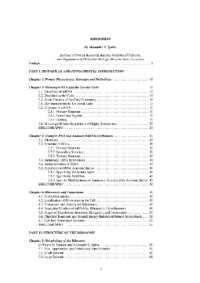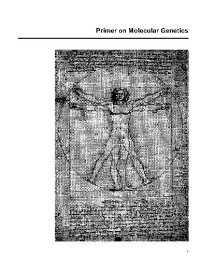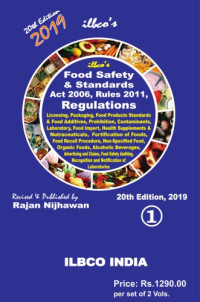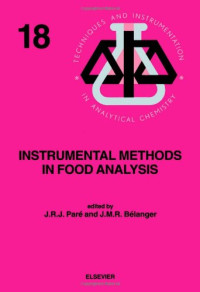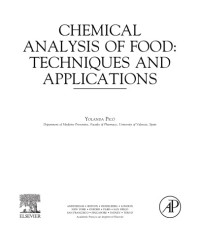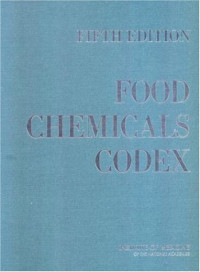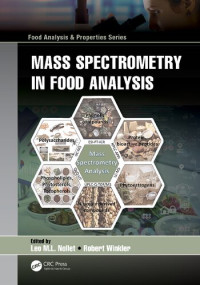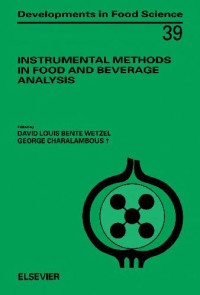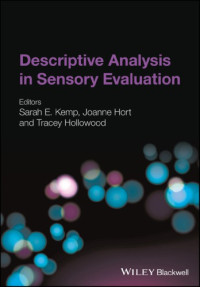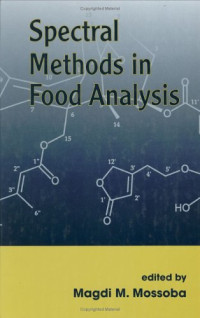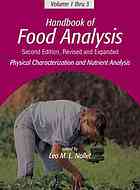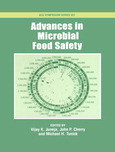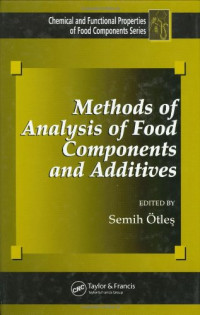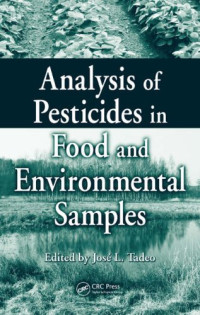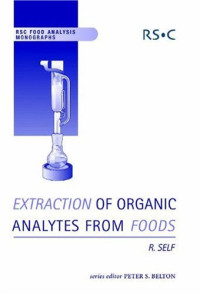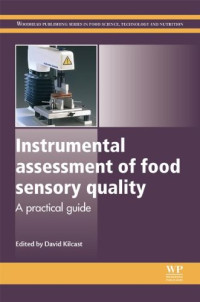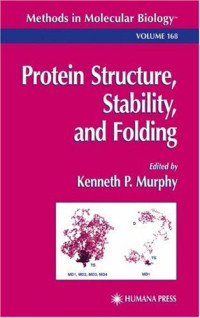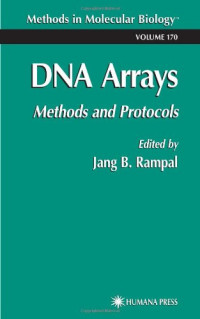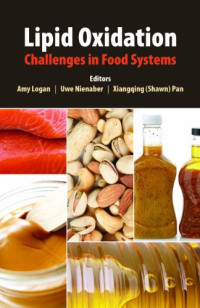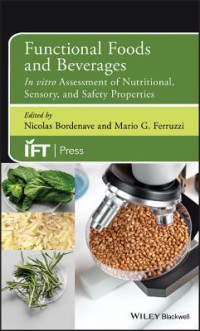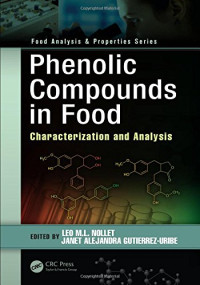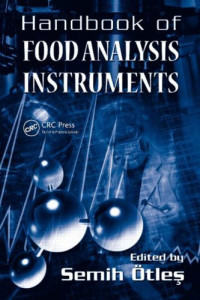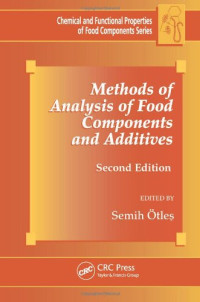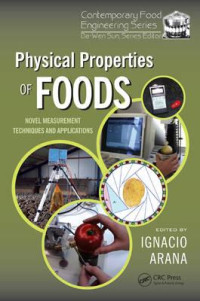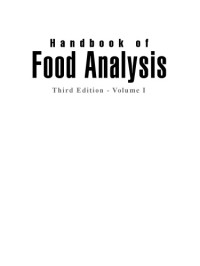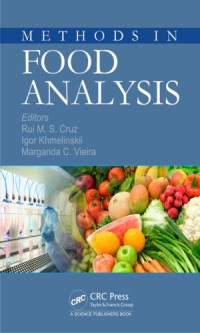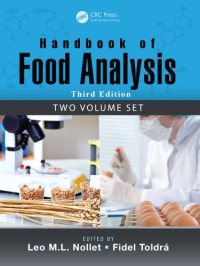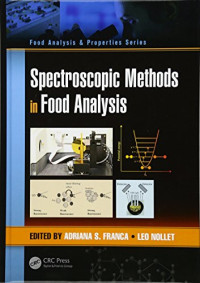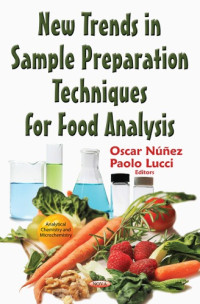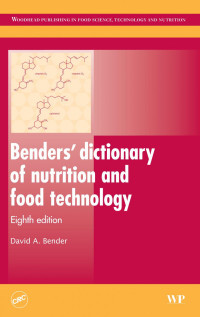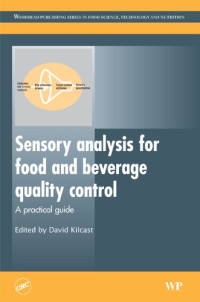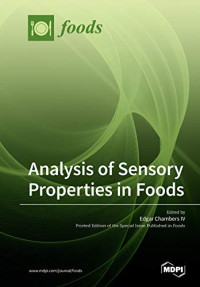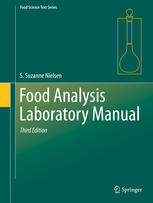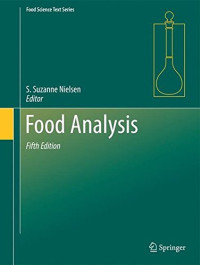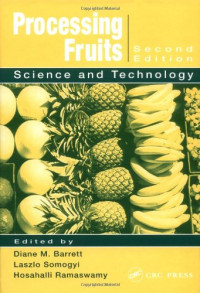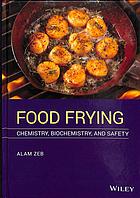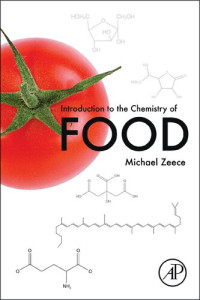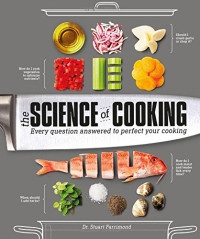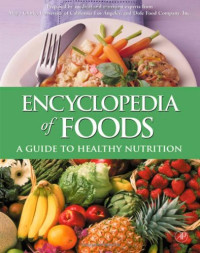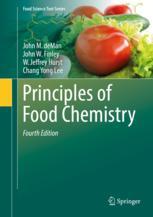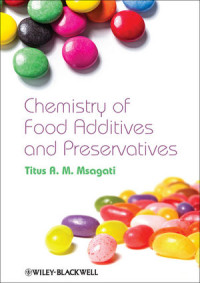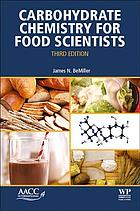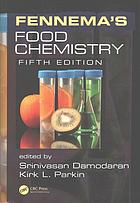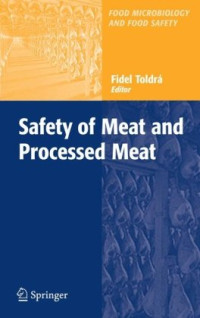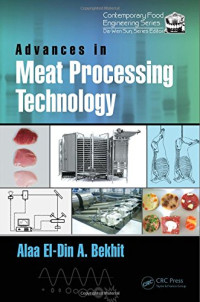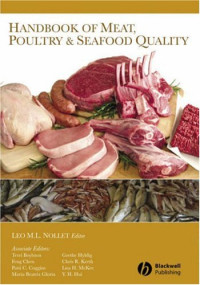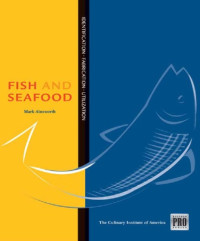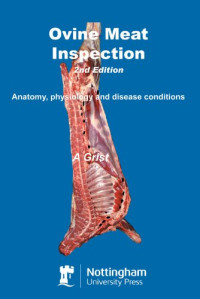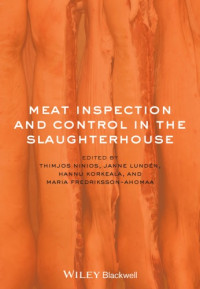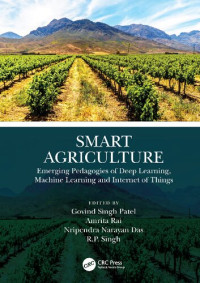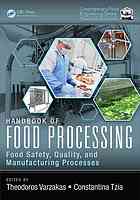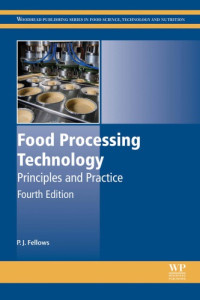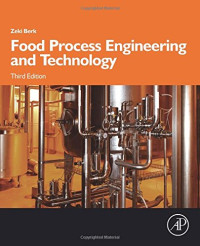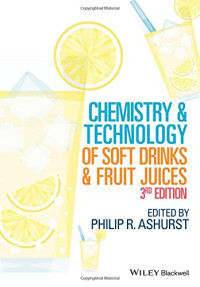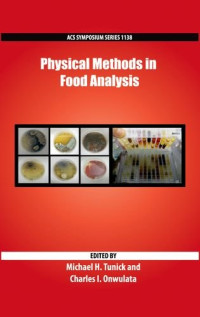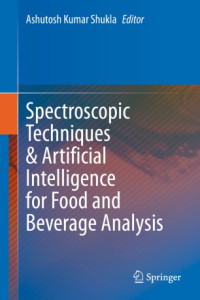
Physical Methods in Food Analysis
Michael H. Tunick, Charles I. Onwulata
A symposium titled ''Physical Methods in Food Analysis'' was presented at the Fall National Meeting of the American Chemical Society (ACS) in Philadelphia in August 2012. The symposium was sponsored by the ACS Division of Agricultural and Food Chemistry, Inc. (AGFD), which is in the forefront in the dissemination of knowledge about food chemistry. This book includes ten chapters based on the talks given at that symposium. Chapter 1 describes how poppy, cotton seed, soybean, and canola seed oils can be examined with reverse phase high performance thin layer chromatography and viscosity measurements in an attempt to differentiate between them. Continuing with the theme of distinguishing between foods, Chapter 2 discusses the use of ultrahigh pressure liquid chromatography accurate mass quadrupole time-of-flight mass spectrometry with electrospray ionization for analyzing flavonoid-based compounds in onions, for the purpose of varietal identification. Chapter 3 details
the use of high performance liquid chromatography-mass spectrometry for quality control and product standardization of the East Asian botanical jiaogulan. In Chapter 4, lanthanide-sensitized luminescence spectrometry is applied to detection of tetracyclines and fluoroquinolones in food. Chapter 5 shows how glycemic index may be determined for extruded grains blended with whey protein or cashew pulp. Polymethoxyflavones and derivatives, which occur in citrus fruits, are described in Chapter 6 along with chromatographic techniques for analyzing them. Chapter 7 discusses rheology as a method for looking at characteristics of bioplastics. The book wraps up with three chapters centering on color. Blue pigments, which are scarce in nature, are covered in Chapter 8 along with methods for separating and identifying them. In Chapter 9, resonance Raman spectroscopy was used to identify blue and red forms of anthrocyanins in grapes at various pH levels. A description of color changes in polydiacetylene-based smart packaging, and Raman spectroscopic methods for measuring them, are found in Chapter 10
the use of high performance liquid chromatography-mass spectrometry for quality control and product standardization of the East Asian botanical jiaogulan. In Chapter 4, lanthanide-sensitized luminescence spectrometry is applied to detection of tetracyclines and fluoroquinolones in food. Chapter 5 shows how glycemic index may be determined for extruded grains blended with whey protein or cashew pulp. Polymethoxyflavones and derivatives, which occur in citrus fruits, are described in Chapter 6 along with chromatographic techniques for analyzing them. Chapter 7 discusses rheology as a method for looking at characteristics of bioplastics. The book wraps up with three chapters centering on color. Blue pigments, which are scarce in nature, are covered in Chapter 8 along with methods for separating and identifying them. In Chapter 9, resonance Raman spectroscopy was used to identify blue and red forms of anthrocyanins in grapes at various pH levels. A description of color changes in polydiacetylene-based smart packaging, and Raman spectroscopic methods for measuring them, are found in Chapter 10
Categorias:
Ano:
2014
Editora:
American Chemical Society
Idioma:
english
Páginas:
176
ISBN 10:
0841228841
ISBN 13:
9780841228849
Série:
ACS Symposium Series 1138
Arquivo:
PDF, 8.38 MB
IPFS:
,
english, 2014
 Amazon
Amazon  Barnes & Noble
Barnes & Noble  Bookshop.org
Bookshop.org  Converter ficheiros
Converter ficheiros  Mais resultados de pesquisa
Mais resultados de pesquisa Outros benefícios
Outros benefícios 
